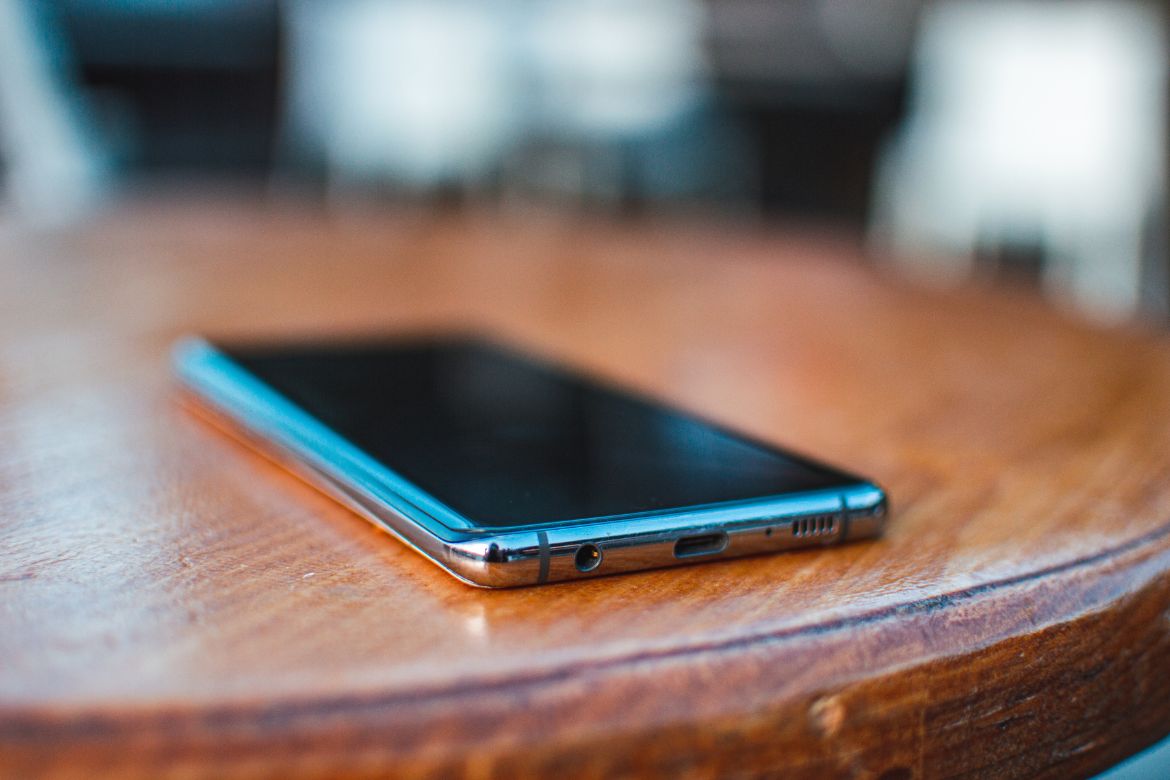Top Android Settings To Ensure Your Cell Phone Is Secure

For Android users, smartphone security is paramount. With the vast amount of sensitive information you store and access through your device, protecting yourself from mobile security threats is crucial. Android devices come with various settings and features that can greatly enhance your overall security. Ensure your cell phone is secure by following these top Android security settings.
1. Lock Your Device Down
Start by having a secure lock screen. You can opt for a PIN, pattern, and password. Creating strong and unique passwords is a must. Use upper- and lowercase letters, numbers, and symbols. Avoid easily guessable information like birthdays. If remembering multiple complex passwords is a struggle, consider using a password manager. It’s a secure vault for all your credentials.
This initial barrier is your first defense against unauthorized access to your device. It might seem elementary, but the number of users with no lock screen is startling. Don't be an easy target—set a strong lock screen today.
2. Enable Anti-Theft Features
Find My Device is a lifesaving feature in case you lose your phone. It helps locate your phone and enables you to remotely lock and erase your data if it falls into the wrong hands. These anti-theft features are easy to set up and can be fail-safes against data compromise.
3. Manage App Permissions
Stay in control by managing which apps can access specific functions or your data. For example, does a calculator app need access to your contacts? These are ways that your Android smartphone is watching you. By auditing app permissions, you're safeguarding your privacy and ensuring that apps aren’t overstepping their bounds.
4. Activate Google Play Protect
Google Play Protect scans your apps for malware and other security issues. Consider it an automated guard for your app store. Ensure it's always active, and don't feel tempted to sidestep the Play Store for app downloads. Play Protect doesn't work with apps from other sources.
Google Play Protect also extends to app browsing. It warns you of potentially harmful websites and helps maintain your device's integrity while you surf the internet. This layer of protection is crucial to prevent accidental exposure to phishing sites or malware.
5. Keep Your Software Up to Date
Always stay on top of software updates. These patch security holes and improve your device’s performance. By keeping your phone's operating system and apps up to date, you protect your mobile phone against security threats.
6. Implement Two-Factor Authentication
Two-factor authentication provides an extra layer of protection for your accounts. If someone can guess or steal your password, they’ll still need the second factor to access your accounts. Many Android apps and services offer this setting.
Your Android device is incredibly powerful and versatile but is also exceedingly vulnerable without the proper precautions. Protect yourself and your data using these essential security settings on your Android phone. After all, an extra layer of security never hurt anyone, but the lack of it sure could. By being proactive, you're not only securing your smartphone but also your digital life.
